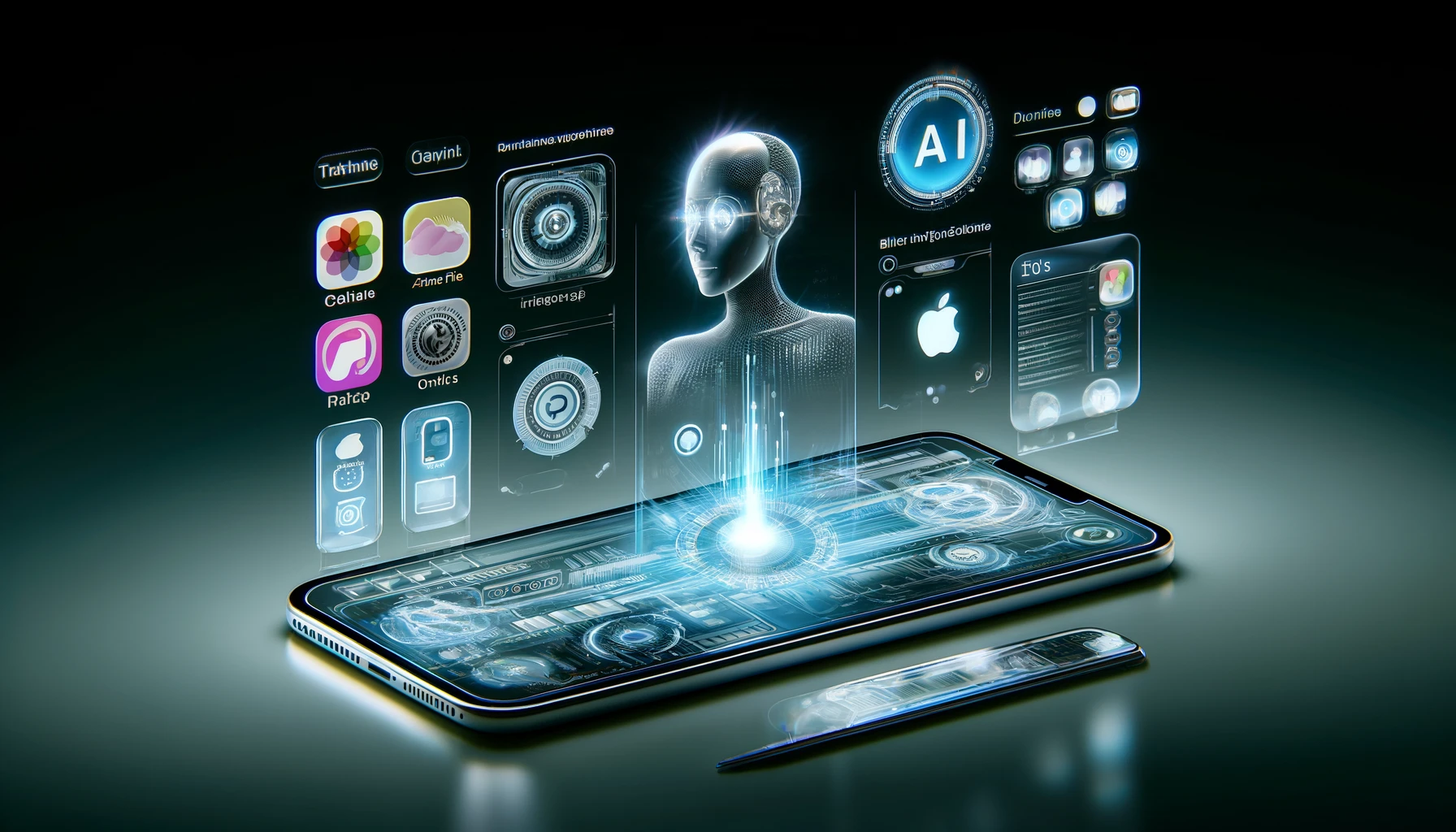Overview: Apple has made significant strides in integrating AI into its ecosystem with the launch of VisionOS 2, iOS 18, and Apple Intelligence. These updates promise to revolutionize user interactions with their devices, blending cutting-edge AI capabilities with enhanced user experience, security, and privacy. This newsletter explores these advancements and their implications for business leaders, professionals, and students eager to leverage AI in their daily activities and work.
Deep Dive:
VisionOS 2: Enhancing Spatial Computing
Apple’s VisionOS 2 represents a major leap in spatial computing, particularly through the upgraded Photos app, which now supports Spatial Photos, adding depth to existing photos in users’ camera rolls. This creates a more immersive viewing experience, especially with the new Spatial Personas feature, allowing shared photo viewing.
VisionOS 2 also introduces new hand motion commands, streamlining interactions with the device. Users can now open their hands and tap to access the home screen or turn their wrists to check the battery level. Additionally, MacOS mirroring on Vision Pro gets new size options, including an ultrawide monitor view, enhancing productivity during commutes with the new train support for travel mode.
Developers are also set to benefit from new frameworks and APIs that simplify the creation of Spatial Apps. Apple’s partnership with Blackmagic aims to facilitate the creation of immersive videos, expanding the creative possibilities for content creators.
iOS 18: Customization and Enhanced Privacy
iOS 18 brings unprecedented customization options to iPhone and iPad users, allowing them to place apps freely on the home screen and customize app icon colors, including matching them to the home screen theme. The Control Center has been revamped to allow more extensive customization, with users now able to rearrange toggles and create personalized control pages.
Privacy enhancements are another highlight of iOS 18. Users can now lock apps with FaceID or passcode and hide apps, moving them to a hidden part of the app library. Messages received several upgrades, including more colorful Tapbacks, text effects, and the ability to schedule messages. The new Messages via Satellite feature ensures users can send messages even without Wi-Fi or cellular service, a significant boost for remote communications.
The Photos app underwent its “biggest redesign ever,” offering a cleaner design and improved search functionality. Other noteworthy updates include a categorized Mail app, enhanced Journal app with more statistics, and a new Game Mode for optimized gaming experiences.
Apple Intelligence: A New AI Paradigm
Apple Intelligence represents the core of Apple’s AI advancements, embedding generative models deeply within the Apple ecosystem. This system prioritizes notifications, rewrites and summarizes text, and creates personalized images, all while maintaining strict privacy standards.
AI-powered writing tools in Apple Intelligence enhance productivity by offering rewriting, proofreading, and summarizing functionalities across various apps. Personalized image creation capabilities enable users to generate sketches, illustrations, and animations from text prompts, fostering creativity.
Privacy and security are paramount in Apple Intelligence, with most tasks processed on-device. For more complex tasks, Apple’s Private Cloud Compute ensures user data remains protected by running on Apple Silicon servers. This hybrid approach combines on-device efficiency with the computational power of the cloud, ensuring seamless and secure AI operations.
Siri, Apple’s voice assistant, receives a major upgrade with advanced natural language processing and conversational context capabilities, making it more intuitive and responsive. Siri can now handle multi-step tasks, answer product functionality questions, and execute commands across apps, significantly enhancing user interaction.
Closing Thoughts: Apple’s recent updates across VisionOS 2, iOS 18, and Apple Intelligence highlight the company’s commitment to integrating advanced AI capabilities into its ecosystem while maintaining user privacy and security. These innovations are set to transform how users interact with their devices, enhancing productivity, creativity, and overall user experience. For business leaders, professionals, and students, these advancements offer exciting opportunities to leverage AI in everyday activities and professional tasks, driving efficiency and fostering innovation in the AI-driven future.
